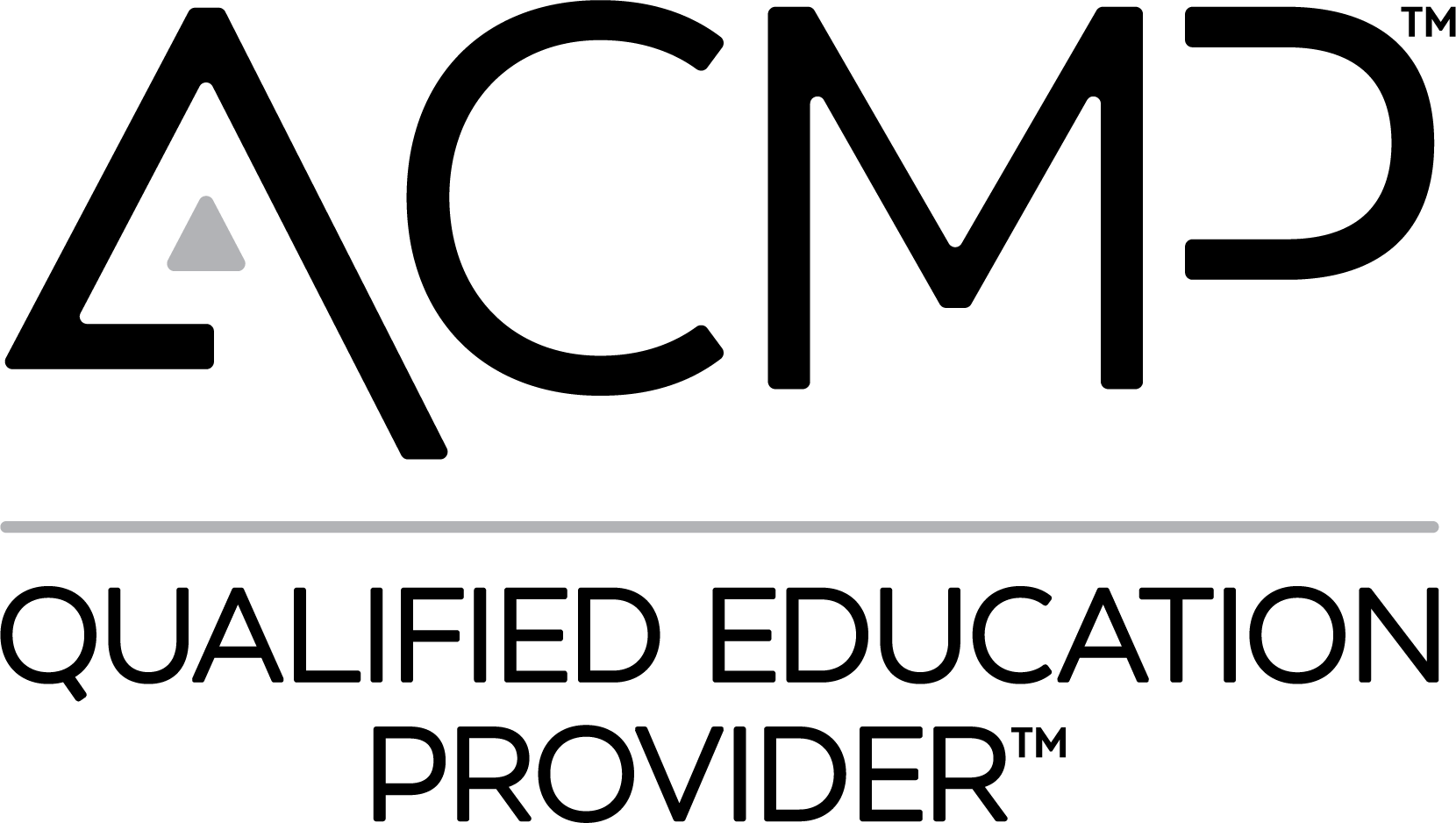In a previous article, Change has Changed: The Imperative for Change Growth, Stretching Beyond Change Management, we delved into the ever-shifting landscape of traditional change management and how we must expand our thinking from just managing change to growing through change. Our recent executive research supports this claim as we took a deep dive into the complexities and barriers of organizational change, revealing insights that emphasize the need for a fresh, more relevant approach. In what follows, we are sharing a peek of what we discovered in hopes of helping you bridge the gap between your intended transformation outcomes and your actual transformation results.
The Research:
We at CEG believe inevitable change and constant disruption you are likely facing today are here to stay. Because of that, we are continually striving to understand why large-scale change often fails to meet intended results in businesses around the world. Why are some companies far better at delivering change and transformation at scale than others? So, as part of our efforts to maintain a pulse on change around the world, we sat down with over a dozen, diverse Fortune 500 executives and change leaders leading multi-million dollar organizational and enterprise change globally. Their respective industries ranged from transportation and retail to financial services, technology, and healthcare. Individuals interviewed ranged from CEOs of multi-billion dollar global conglomerates to Chief People Officers to change experts passionately delivering in the change space for more than three decades and counting.
What We Discovered: The 4 Key Shortcomings in Change Management
Through our research, we identified four shortcomings that when addressed in any change or transformation can drastically increase the probability of achieving your intended outcome:
- The Human Element's Neglected Importance
- Insufficient Communication and Engagement
- Misalignment with Organizational Culture and Values
- A Gap in Change Management Skills and Resources
What follows are the detailed insights gleaned from the executives and leaders on the challenges and pain they experienced when leading through transformational change as it relates to these shortcomings AND how you can begin putting the insights into practice in your own organization. Their lived experiences ranged from market disruption to acquisition to digital transformation and organizational restructuring. Sound familiar?
Shortcoming #1: The Human Element’s Neglected Importance
Traditional change management models such as Kotter's 8-step process and Prosci's ADKAR are frequently followed, yet fall short in considering the human impact of change. However, some change leaders mentioned no change management strategies were followed at all. The lack of empathy and emotional support can lead to resistance, disengagement, and even mass resignation resulting in Quiet Quitters and the continuation of The Great Resignation.
Putting It Into Practice: Organizations must weave empathy, support, and resilience-building into the very fabric of their change initiatives by providing the right mindset, behaviors, and skills for their people to grow through any change.
Shortcoming #2: Insufficient Communication and Engagement
Effective and clear communication is the foundation of successful change, yet it is often overlooked as evidenced in our research. Poorly messaged communication about the change, inadequate opportunities for two-way feedback, and limited consideration of the emotional impact on employees can result in misalignment, disengagement, and resistance leading to a significant failure rate of the change initiatives' success (an article that will be forthcoming from the same research).
Putting It Into Practice: Emphasizing open dialogue, active engagement, and two-way communication can build a bridge of trust, psychological safety, and commitment that ensures the success of the change initiative.
Shortcoming #3: Misalignment with Organizational Culture and Values
A critical dimension of successful change is ensuring alignment between the strategy of the change initiative and the organization's culture and values. It’s not merely about implementing new strategies; it's about harmonizing those strategies with the inherent culture and values that define the organization. The interviews revealed that any disconnect between the proposed changes and existing cultural norms could ignite resistance among employees if the vision for the change is not clearly articulated. As culture is behavior over time, it is the layers underneath behaviors as the subset of habits, values, and beliefs, that cannot be overlooked and must be honored.
Putting It Into Practice: To change the culture, you must instate a new set of beliefs, values, and habits that support the envisioned future of the change transformation.
Shortcoming #4: A Gap in Change Management Skills and Resources
As highlighted in the research, insufficient investment in developing change management capabilities, both in terms of the technical skills for change management and emotional and resilience-building skills, across the organization can limit the effectiveness of change initiatives.
Putting It Into Practice: Organizations should prioritize building change management competencies through learning experiences, training, coaching, and mentoring programs. Additionally, allocating sufficient resources, both financial and human, to change efforts can enhance the chances of successful implementation.
The Bottomline:
Change is never easy, but it's necessary and inevitable in order for us to grow and evolve ourselves and our organizations. By understanding and addressing these four core challenges, organizations can pave a path toward meaningful transformation by embracing change as a new way of working. The lessons learned from our executive research provide a roadmap for fostering a healthy change culture, engaging and empowering employees, optimizing business outcomes, and creating a resilient and sustainable workforce for the future.











